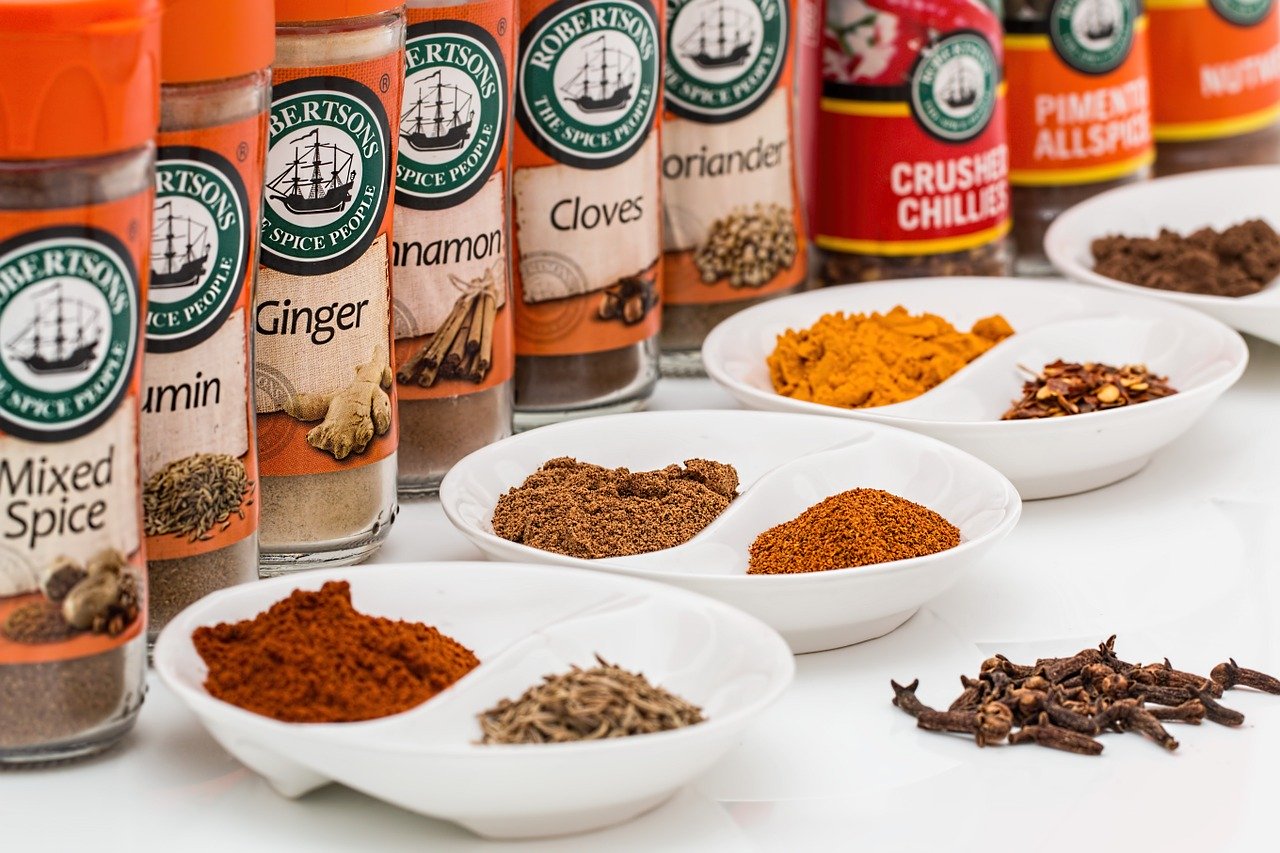
Season the food – a spice guide
In order for the food to taste good, it must be seasoned. It is important that it gets well seasoned which is extra difficult if you are a beginner in the kitchen.
These are our best seasoning tips to learn how to master spices. A little spice guide to learn the basics of spices and how to rescue foods if you accidentally add too much.
Salt
Almost all dishes need salt to taste good.
Note that if the recipe contains broth dice, fondant or soy you will get a lot of salt flavor from it. A good basic rule is to taste before adding spices.
Added too much salt?
If you take too much salt, add more liquid, and dilute the salt taste. Strong spices become softer the more fat there is in the food you cook. Sambal oelek, chili pepper, chili powder, white pepper and black pepper are spices that give sting and heat.
Bear in mind that:
- Black pepper is milder than white pepper.
- Ground pepper is good for sauces. Rough ground pepper is good for fried meat.
- Chili powder is milder than chili pepper.
- Freshly ground spices are a little stronger and taste more than purchased pre-ground.
Spiced too strong?
If you take too much pepper, chili, sambal oelek or any other strong spice, then add more fat eg. whipping cream, butter, or oil, the heat is rounded off.
Spices
Common spices in the kitchen are salt, pepper and chili.
When you fry or grill meat and season with salt and pepper, then it is advised that you coarsely ground black pepper, it is difficult to take too much as finely ground black pepper is easy to remove. Take it a little careful with the seasoning if you are unsure when frying meat. You can always spice up more when serving.
Rapeseed oil, whipped cream, butter and crème Fraiche are perfect to add if you seasoned too heavily. But how much should you season?
If you are an above-mentioned chef, it is difficult to know. Since seasoning is also a matter of taste and preference, it is best to try it out, but preferably based on the amount contained in the recipe.
If you want to be extra careful, start with half the seasoning in the recipe and then taste yourself. Sometimes there are no dimensions in the recipe and then you have to taste yourself from the beginning.
Keep in mind that the higher the fat content (in the crème Fraiche or the sauce if there is cream in it, for example) – the more pepper you can take without it getting too strong.

